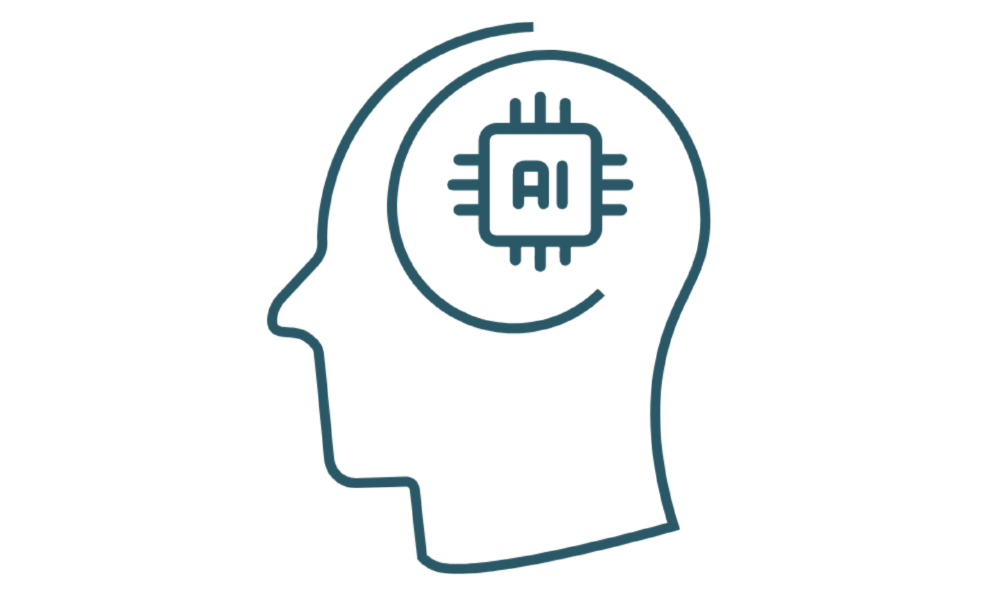
29/02/2024
To ensure the future relevance of our research at Eriksholm, we continuously adjust our scientific f...
To ensure the future relevance of our research at Eriksholm, we continuously adjust our scientific…
Most of our day-to-day news is shared through our social media channels on Facebook, LinkedIn, and Instagram. Some of the news are elaborated on in shorter articles or interviews here on the news page. Enjoy the reading.

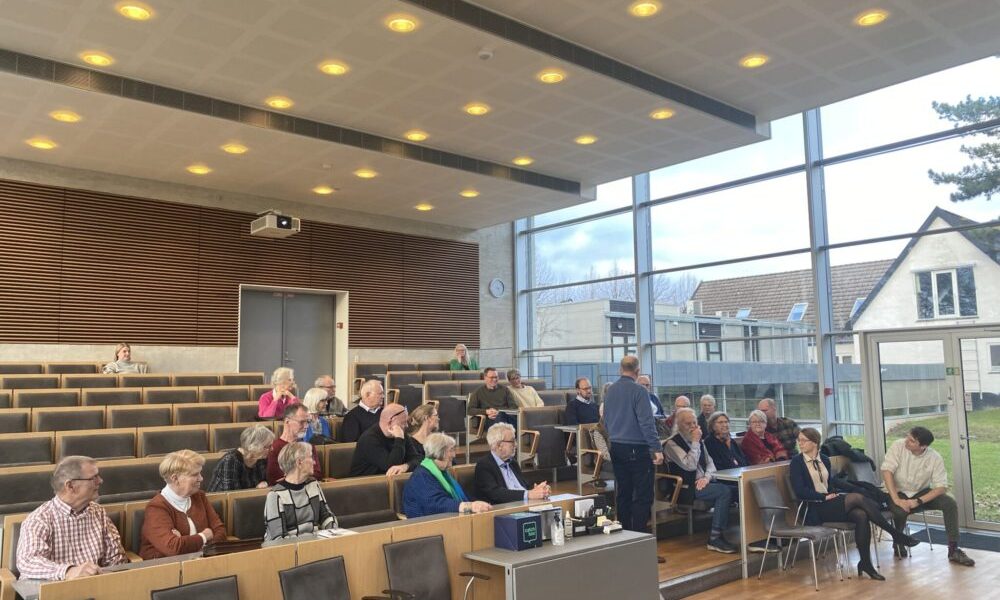
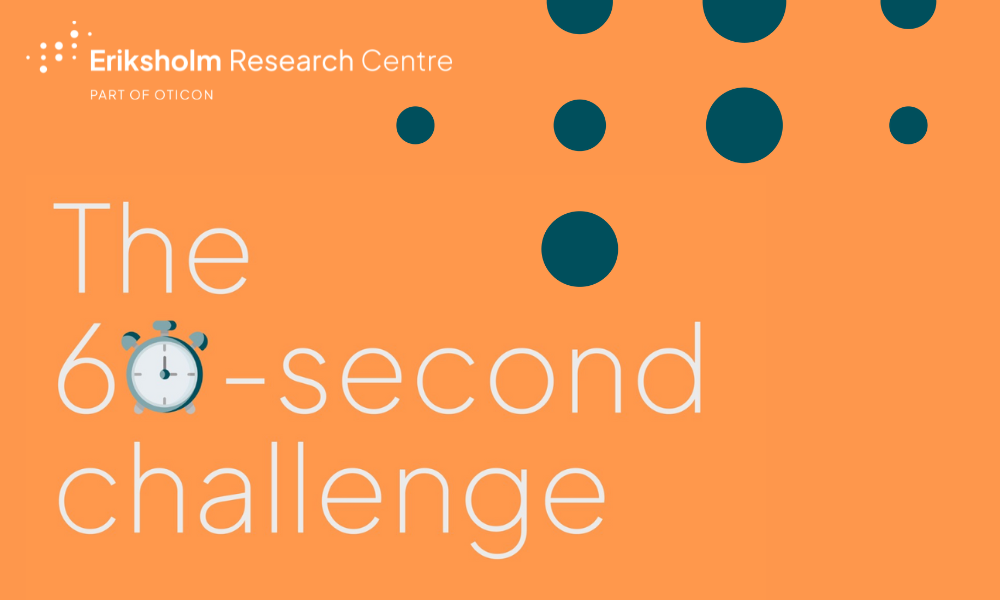




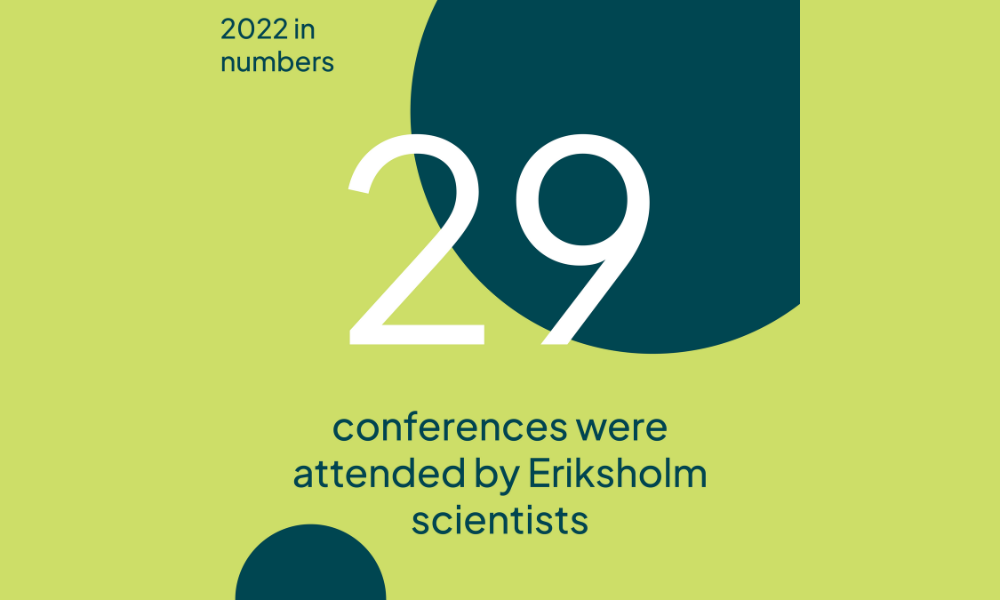
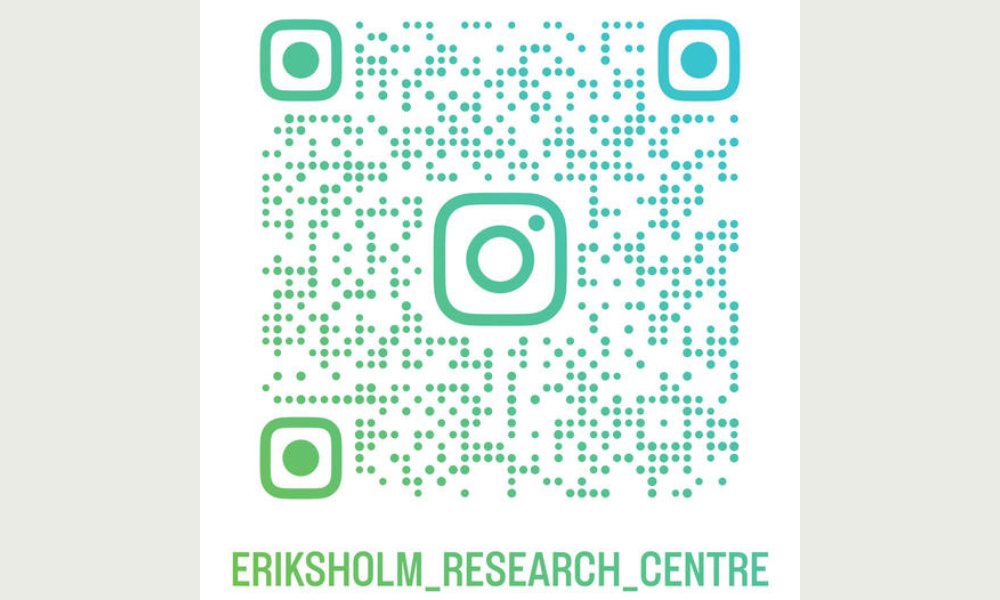

No more pages to load
© 2024 Eriksholm – Designed by Aveo web&marketing